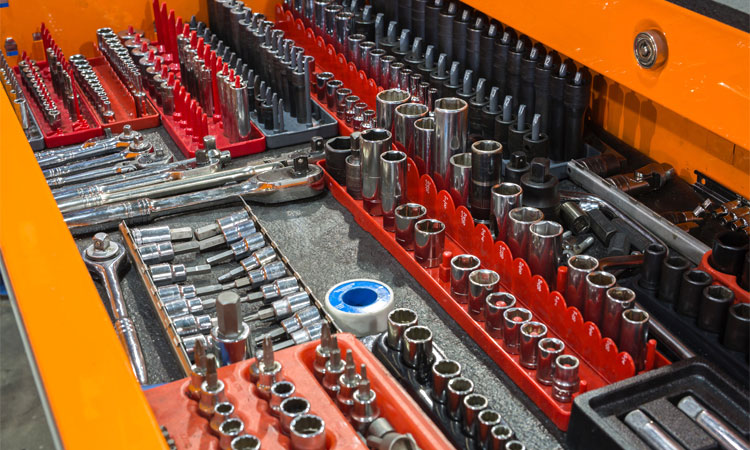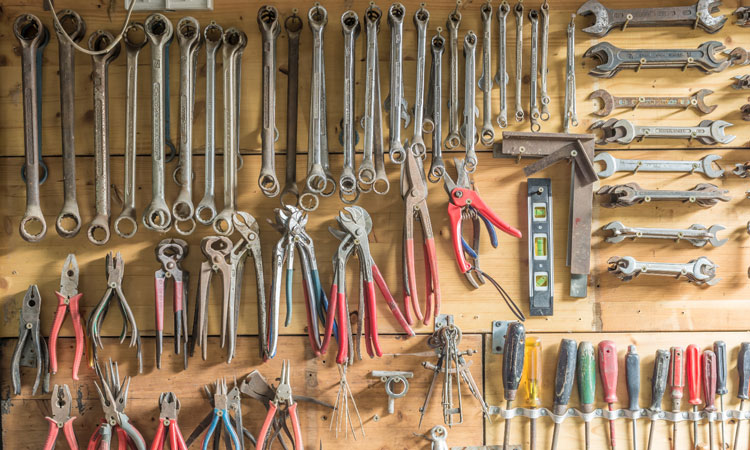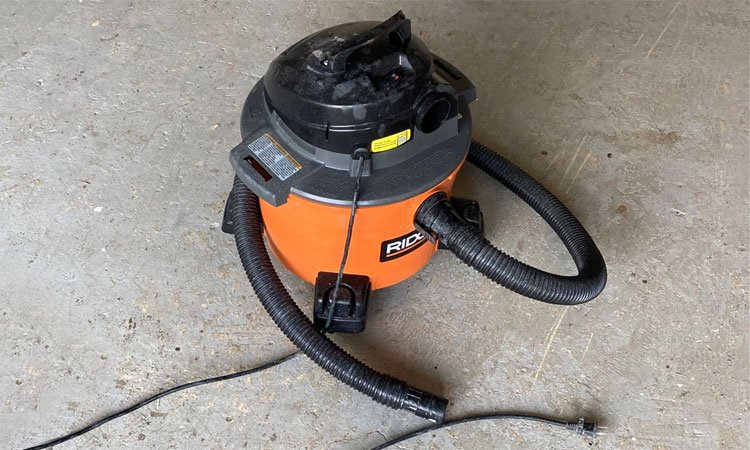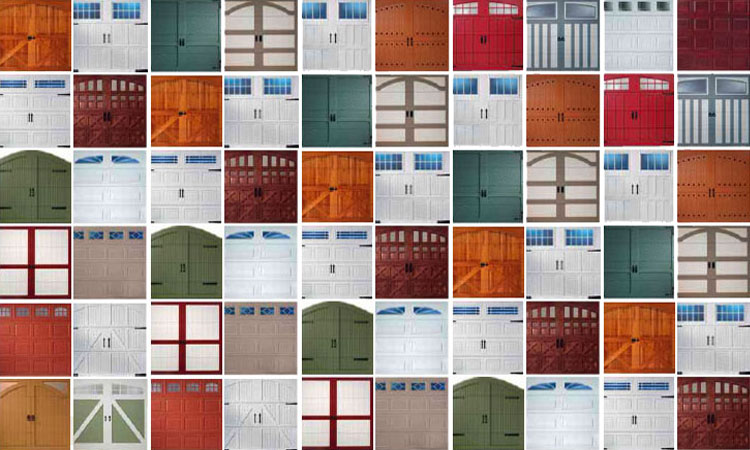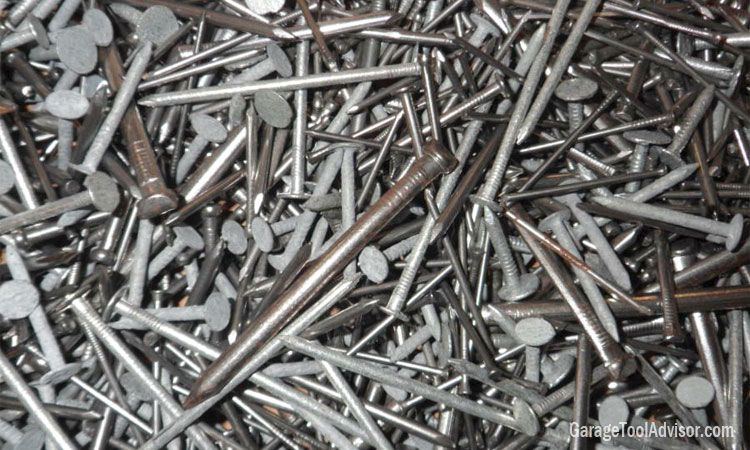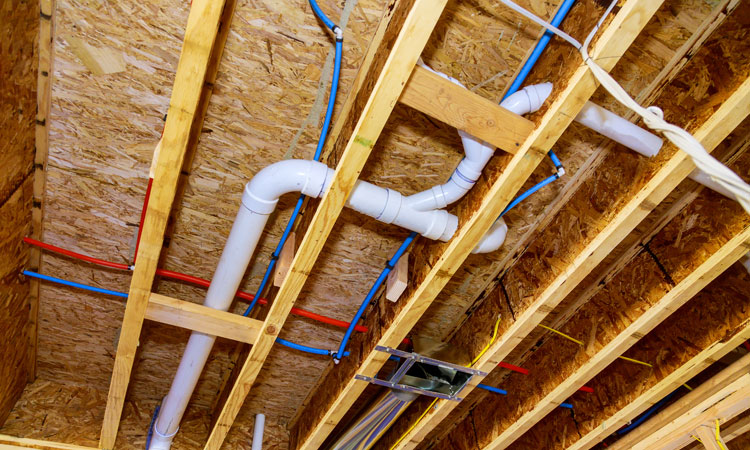Air Tools vs. Electric/Cordless Tools – Which are Better?
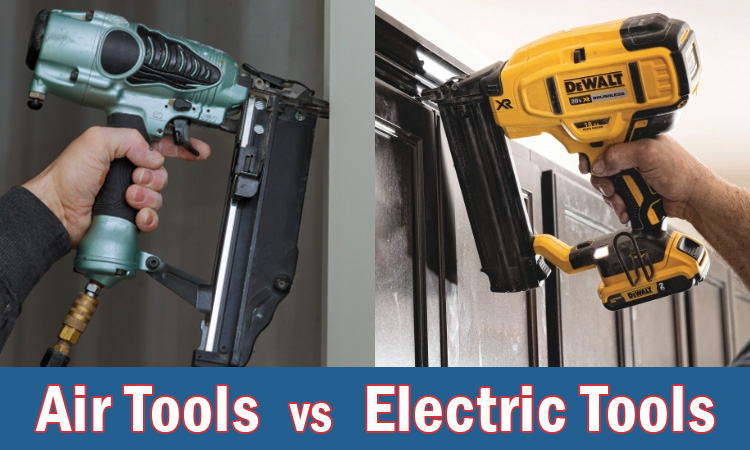
Sometimes you don’t have the right power tool for the job because you’ve never needed a random orbital sander before, or your favorite drill’s motor overheats and melts, or your neighbor “borrowed” your sawzall and never gave it back.
Sometimes tools just get so old and worn-out that it’s more efficient to replace them than it is to try to repair them. Powered tools come in two varieties: electric (including cordless) or air-powered. So which is better?
Air-Powered Tools
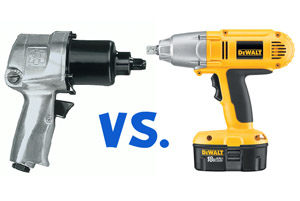
The more compressed air you have available, the more powerful tools you can run or even run more than one tool at a time. Air runs from the compressors to the tools via a flexible hose with quick-change adapter bits for rapid tool switching.
Air-powered tools are generally cheaper than electric tools and are intended to be easily and frequently replaced. Compared to electric tools, air-powered versions are lighter and smaller, but they pack the same (or often higher) amount of punch.
As airflow from the compressor is adjustable, air tools can deliver more torque and RPM, enabling you to finish jobs faster and easier.
Cons of Air-Powered Tools
- Initial cost: Air compressors are not cheap. Even finding “cheap” second-hand compressors is an iffy proposition at best, even if you can find one that won’t leak.
- The air compressor itself: Air compressors are heavy, noisy beasts. Even the quietest compressors put out about 60 decibels of noise. Also, although the pancake 1-pounders are touted as “portable”, they still weigh 10+ pounds.
- Maintenance: Unless using a low-end oil-less model, an air compressor maintenance schedule will have to be followed.
- Hoses: Even if your air compressor is “portable”, you still have to run a hose from the compressor to your tool. Additionally, cheap air hoses are notorious for leaking. Be sure to get a good quality air hose.
Electric/Cordless tools
By contrast, electric tools are much less complicated to use. As long as the battery has some juice or the power cord is plugged in, you’re ready to rock and roll.
No waiting for the compressor to fill up and having to constantly swap different air tools on the same hose. Convenience is a huge positive when it comes to electric tools.
Cons of Electric Tools
- Initial cost: Electric tools are typically more expensive than their pneumatic versions.
- Electricity required: Obviously, you need electricity to power electric tools. Air compressors can store air in their tanks for later un-powered use, but electric tools require electricity (some at all times) in order to function. With a cordless model, having extra batteries can be a life saver. For corded models, you can extend power to where you need it with heavy-duty extension cords, but this is not always feasible or safe.
- Cords (corded models): Just like the hoses on air compressors, you’ll need to be mindful of where your tool’s cord is. Cords are generally not replaceable, so be careful – if you accidentally cut through a cord, you could not only ruin the tool but you could also shock yourself if it’s plugged in and receiving electricity.
- No interchangeability: Battery-powered tools aside, electric-powered tools are single-use. One cord, one tool. This is not always a downside, especially for tools that serve one function in one permanent area, like a drill press. That said, batteries can normally be shared among tools in the same product line of a manufacturer. So the key is to decide on your favorite power tool manufacturer and stick with them.
So Which is Better?
Professionals often use a combination of both electric and pneumatic and will switch off depending on their specific tool need and power requirements.
If you’re just looking for a drill to use in your garage for one-off projects, cordless drills will do you just fine.
However, if you’re looking for an interchangeable solution for, say, working on your car, an air compressor and air tools could be a good investment.
As technology improves, I suspect cordless electric models will start to dominate the market for most tools but we’re not quite there yet. In the end, whether to buy the electric or air-powered version of a tool should be based on your personal use.

